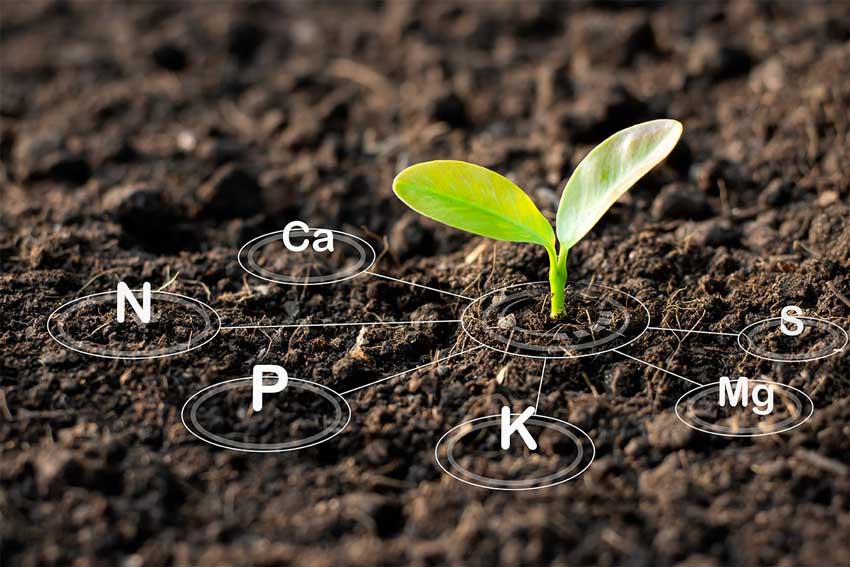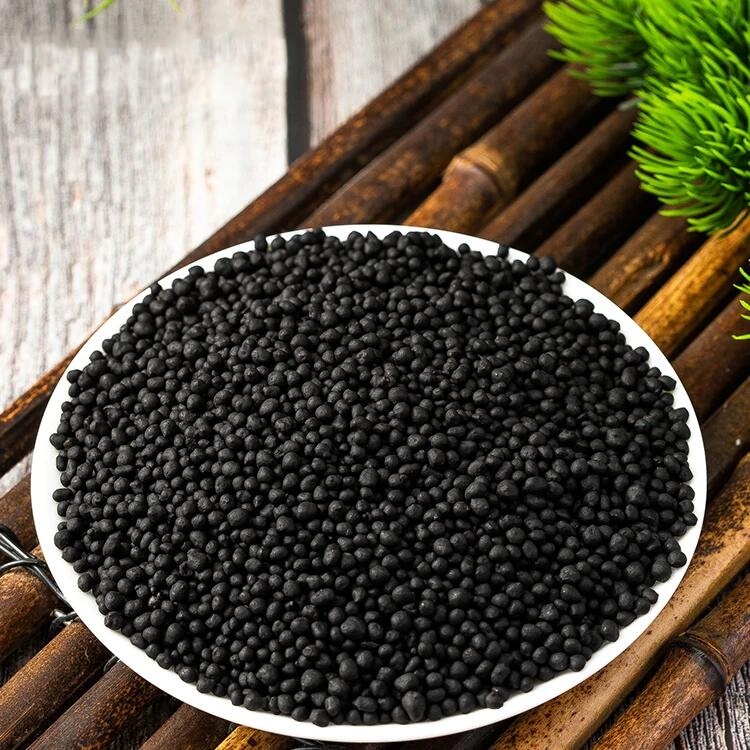As we all know, in terms of improving soil, potassium fulvic acid can improve soil structure and saline-alkali soil, and can also improve soil fertility. So how does potassium fulvic acid produce these effects on soil?
The working principle of potassium fulvicate: improve nitrogen utilization efficiency
Functional groups such as carboxyl, carbonyl, alcoholic hydroxyl, and phenolic hydroxyl groups in potassium fulvic acid have strong ion exchange and adsorption capabilities, which can reduce the loss of ammonium nitrogen and improve nitrogen fertilizer utilization. Research shows that urea is hydrolyzed into NH3, and NH3 undergoes hydration reaction to NH4+. Due to the huge internal surface area and strong adsorption capacity of humic acid, NH4+ is quickly adsorbed by potassium fulvic acid, and undergoes an ammonification reaction with it to generate ammonium humate salt with a very low degree of dissociation, which can not only provide NH4+ for crops, but also Reduce ammonia volatilization.
In addition, potassium fulvic phytate can promote the activity of microorganisms in the soil, especially significantly increase the number of soil autogenous nitrogen-fixing bacteria, enhance biological nitrogen fixation, increase the nitrate content in the soil, and provide abundant nitrogen nutrition for crops. . Studies have shown that the application of potassium fulvic acid to the soil can increase the alkaline hydrolyzable nitrogen content of the soil by 9.5% compared with the control. The combined application of potassium fulvic acid and iron sulfate can increase the organic matter in the soil by 20.3% and 11.2% respectively compared with the control. .
The working principle of potassium fulvicate: improve the utilization rate of phosphate fertilizer
Ca3(PO4)2 in the soil is a substance that is extremely difficult to dissolve in water. After potassium fulvic phytate is applied, it can form water-soluble bicarbonate and dihydrogen phosphate, which are absorbed by crops and reduce the soil’s dependence on soluble phosphorus. The fixation allows the phosphate fertilizer to be slowly released and improves the utilization rate of the phosphate fertilizer.
The working principle of potassium fulvicate: improve the utilization rate of potassium fertilizer
Potassium fulvic acid itself contains two substances, humic acid and potassium. Humic acid has the function of activating potassium, which can slowly decompose potassium fertilizer, increase potassium release, promote the absorption of potassium by crops, and improve potassium fertilizer utilization.
The working principle of potassium fulvicate: improve the utilization rate of trace elements and accelerate the physiological metabolism of crops
Potassium fulvic acid can chelate with insoluble medium and trace elements in the soil, converting them from an unavailable state into an available state, which is soluble in water and facilitates plant absorption.
In addition, potassium fulvic acid has a variety of active functional groups, which can enhance catalase activity in crops, accelerate crop physiological metabolism, and promote plant growth.
In summary, this is why potassium fulvic phytate can enhance soil fertility and improve fertilizer utilization, thereby promoting crop growth and increasing crop yields.



